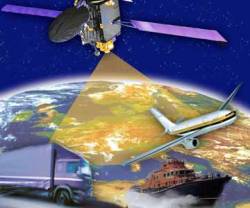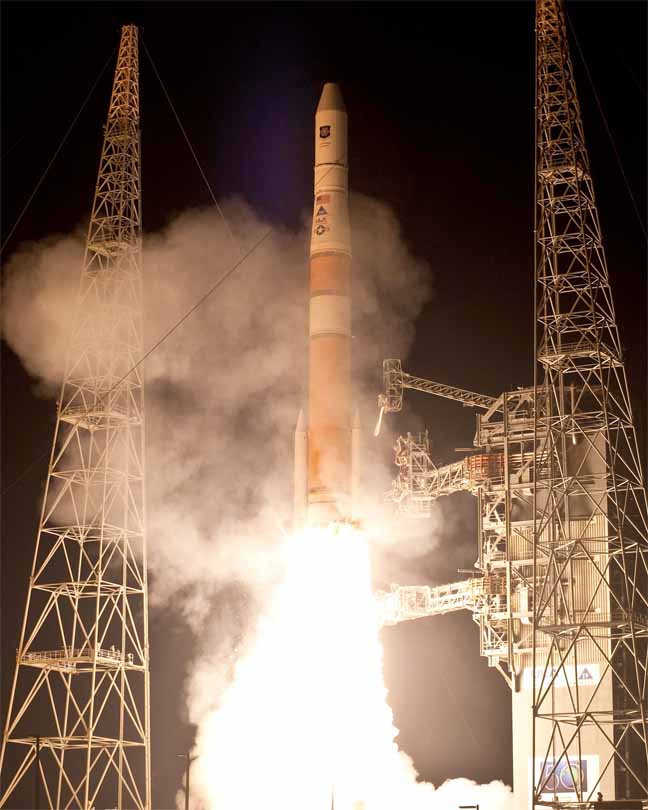GPS OCX PDR Still Pending against Backdrop of Defense Cuts
 Raytheon Corporation illustration
Raytheon Corporation illustrationMembers of the Advanced Control Segment (OCX) team led by Raytheon Corporation are working through a series of issues that has delayed approval of a recent preliminary design review (PDR) on the key GPS modernization program.
By Inside GNSS















